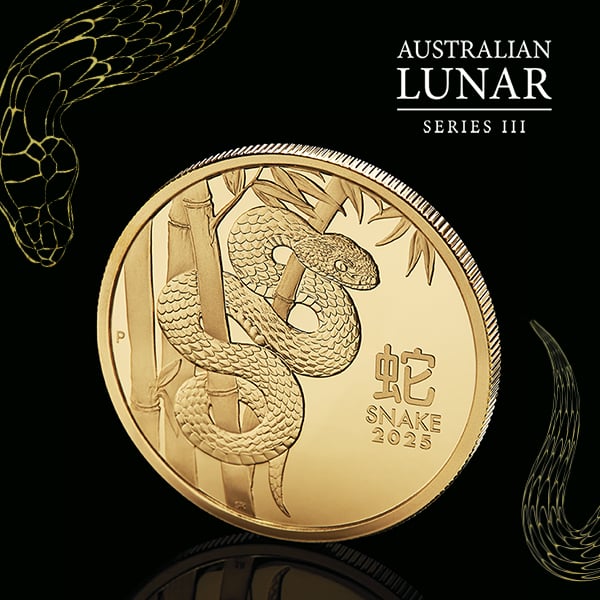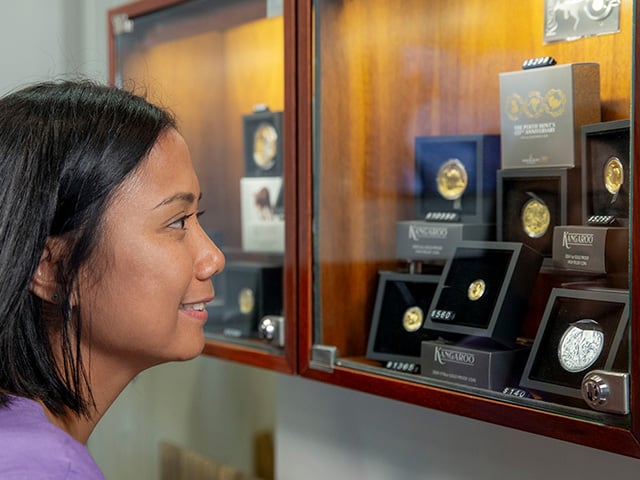Where does the term 'Dollar' originate
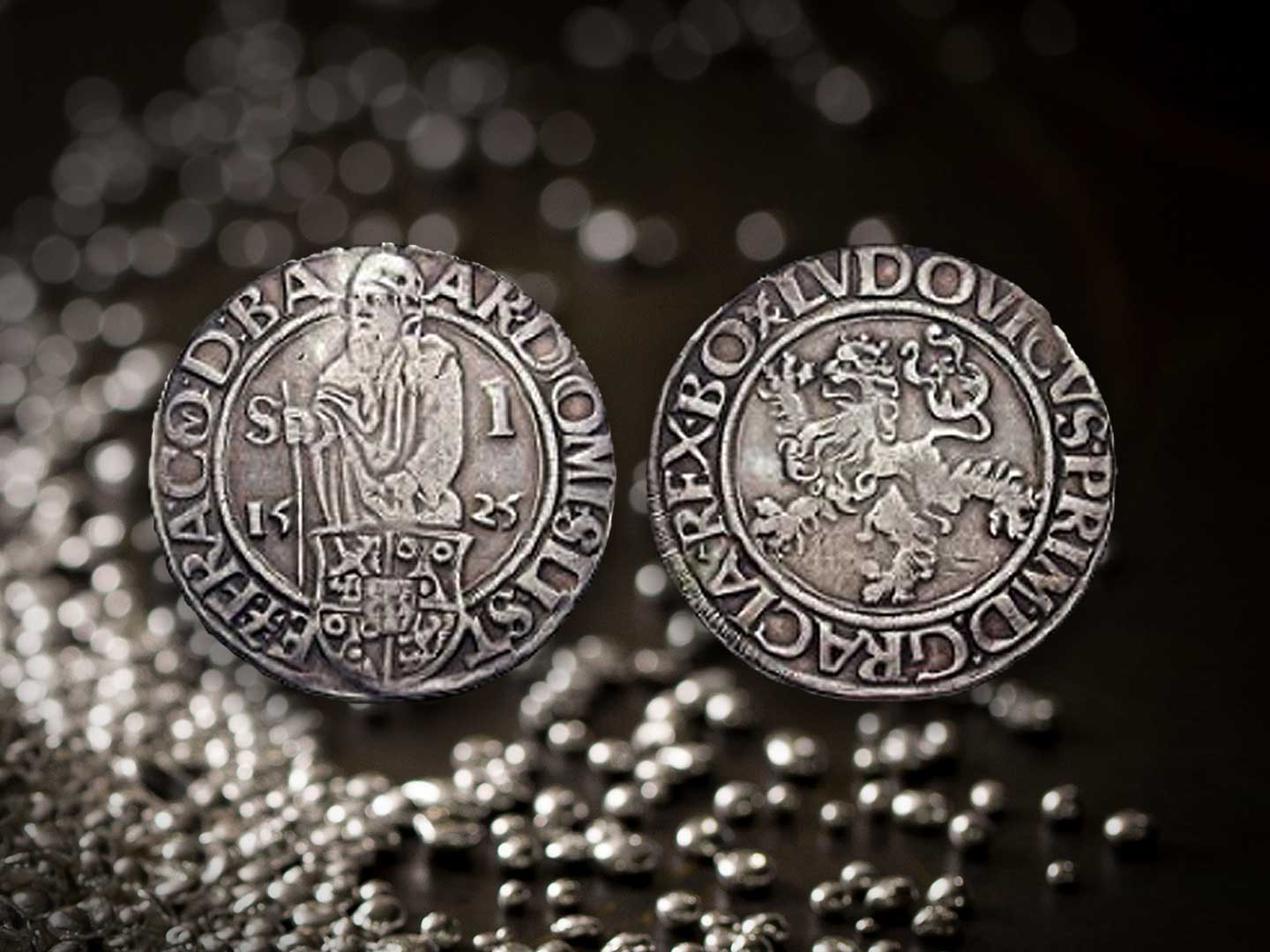
The origin of the Dollar can be traced back to Joachimsthal or ‘Saint Joachim’s Valley’ in Bohemia, where silver was discovered in 1519.
The local ruler, Count of Schlick, coined the metal into large coins nicknamed Joachimsthalers.
The coin became the basic currency of the district and neighbouring areas also adopted and imitated the Joachimsthaler – which was abbreviated to the shorter and neater Thaler.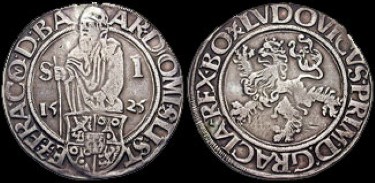
Within a comparatively short time, many European regions had a large silver coin resembling the Thaler, among them the Talar (Saxony), Tallero (Italy), Daalder (Holland) and the Daler (Scandinavia). The equivalent English word was Dollar.
A 30-shilling silver coin known as the Sword Dollar was issued in Scotland under King James VI between 1567-71. Thistle Dollars were used in Scotland during the 16th and 17th centuries.
Spanish Dollars (eight-real coins aka ‘pieces-of-eight’) were minted by Spain’s colonial mints in the Americas.
Widely accepted as international currency, Spanish Dollars found their way to Britain’s North American colonies where pounds, shillings, and pence were scarce.
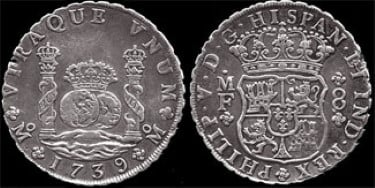
Portrayed on Spanish Dollars, the Pillars of Hercules and their spiralling banners are reputedly the origin of the ‘$’ sign.
The first Dollar coins issued by the United States Mint (founded 1792) were similar in size and composition to the Spanish Dollar.
In New South Wales, 40,000 Spanish Dollars were converted into the colony’s first official coinage – the famous Holey Dollar and Dump – issued in 1813.
Australia’s decimal currency was originally going to be called the Royal. But a public outcry at the prospect compelled to Government to adopt the name Dollar.



